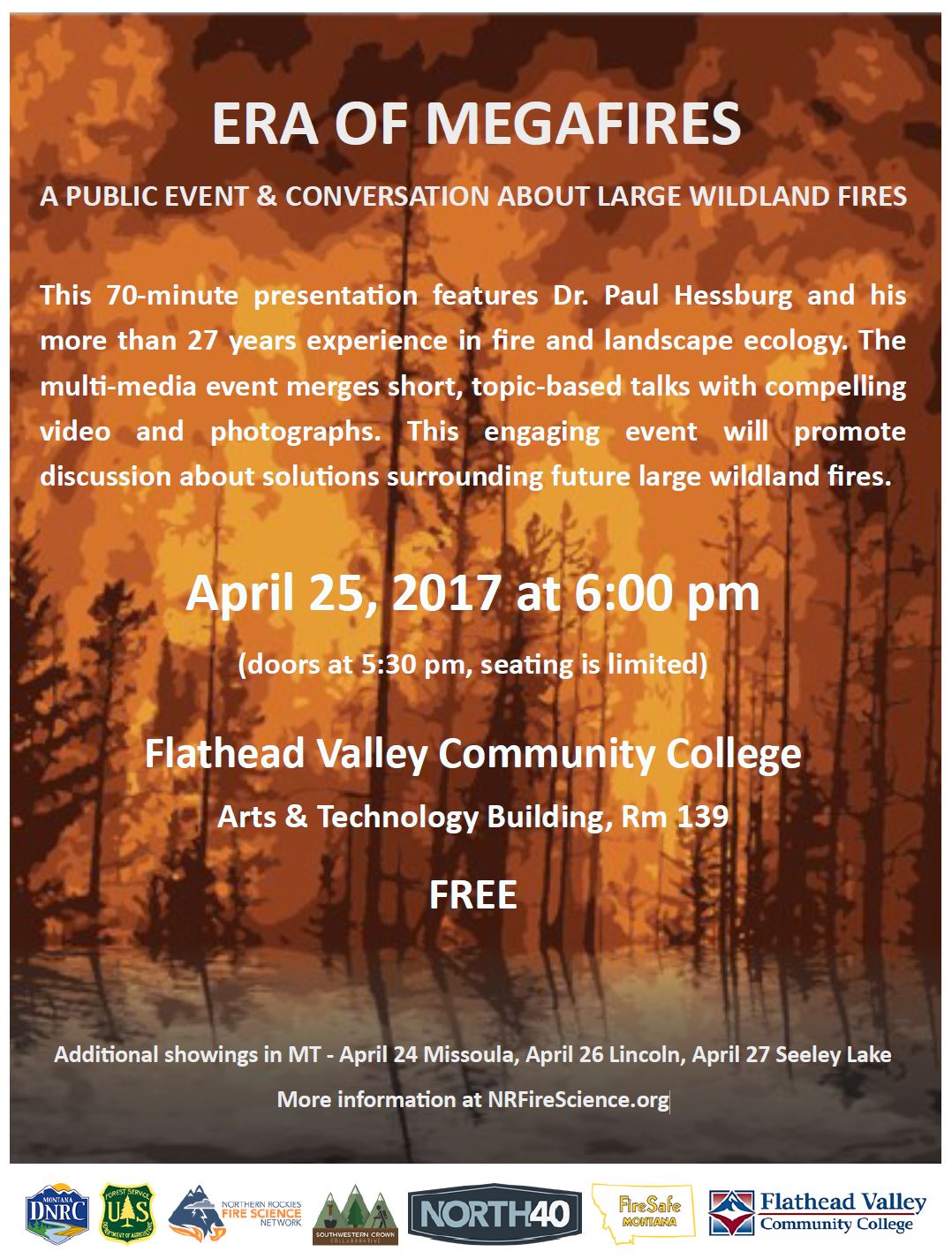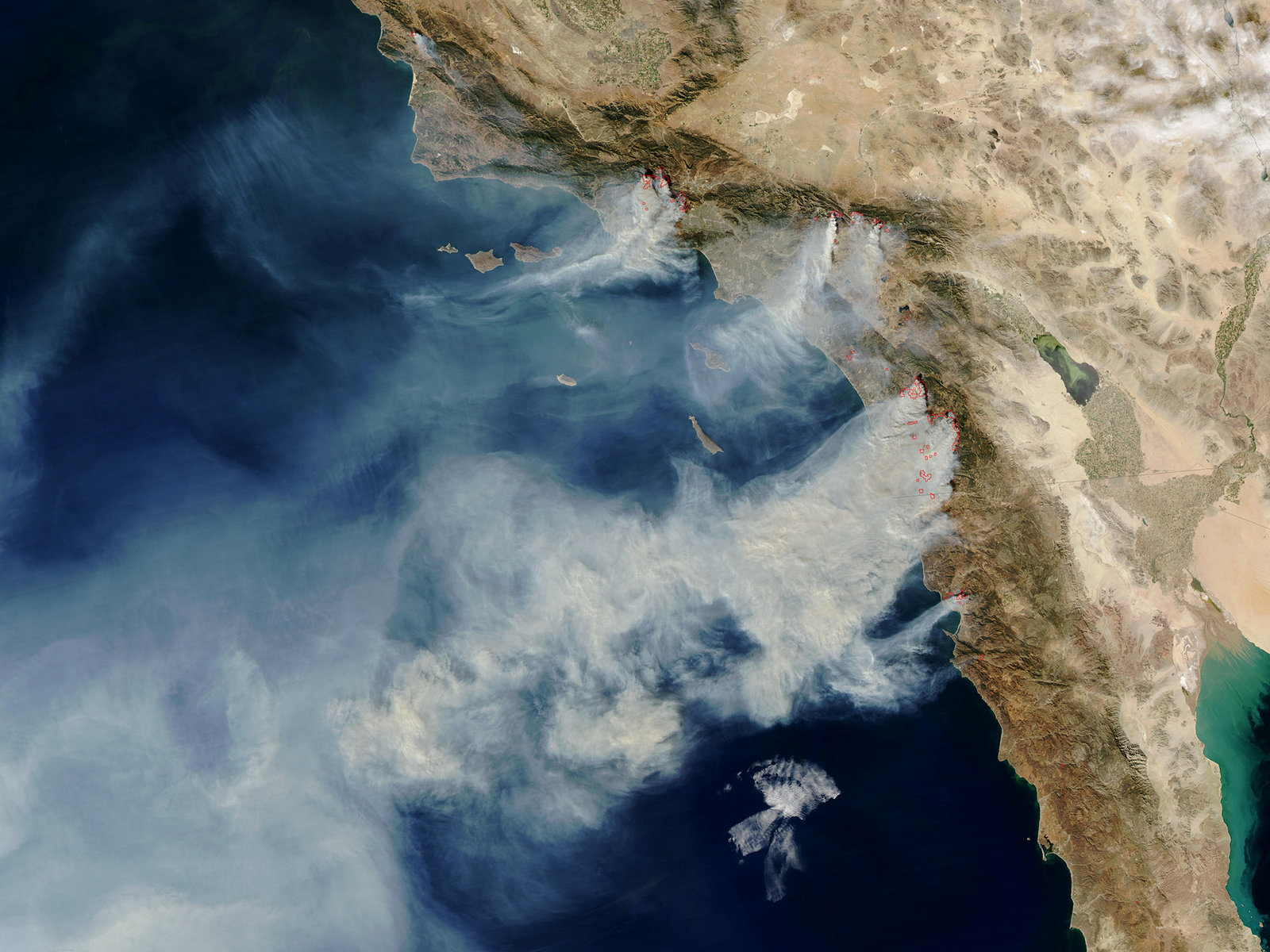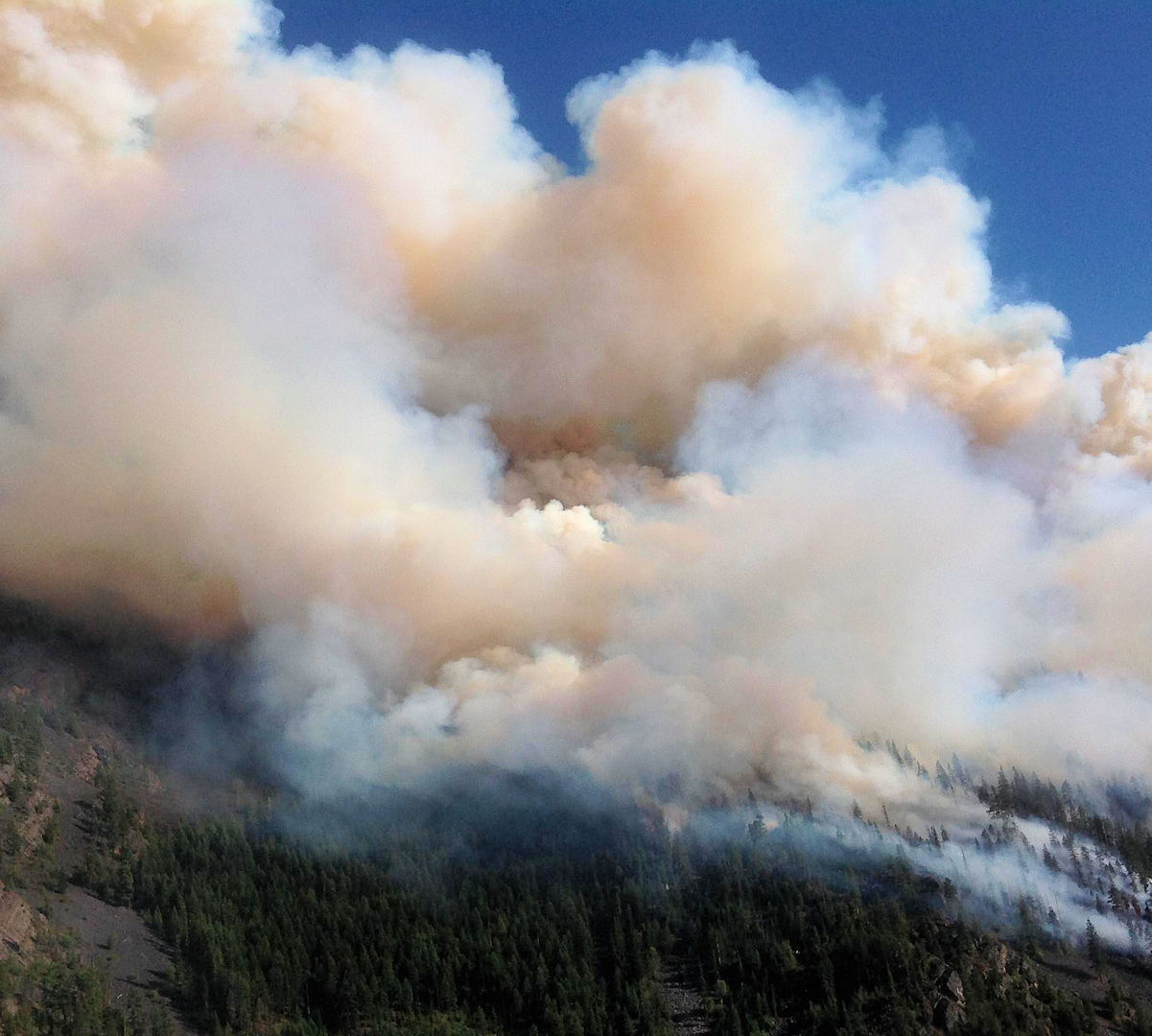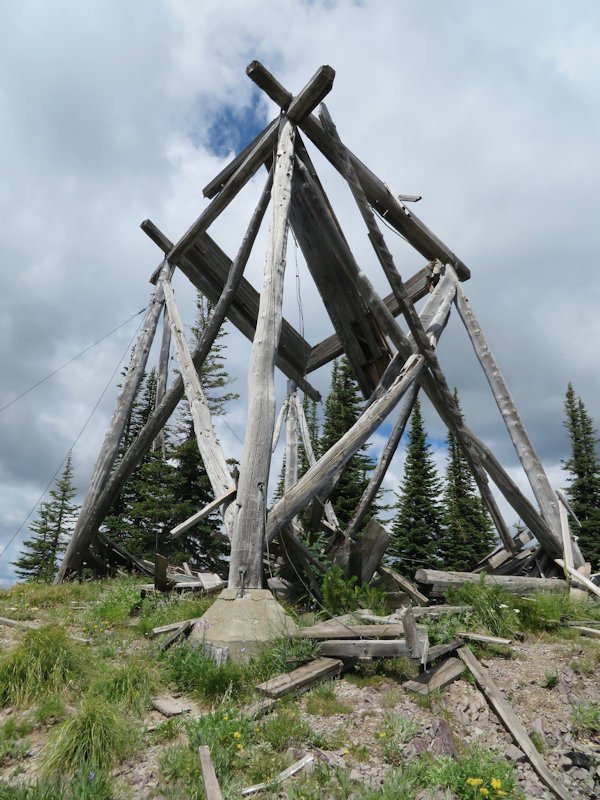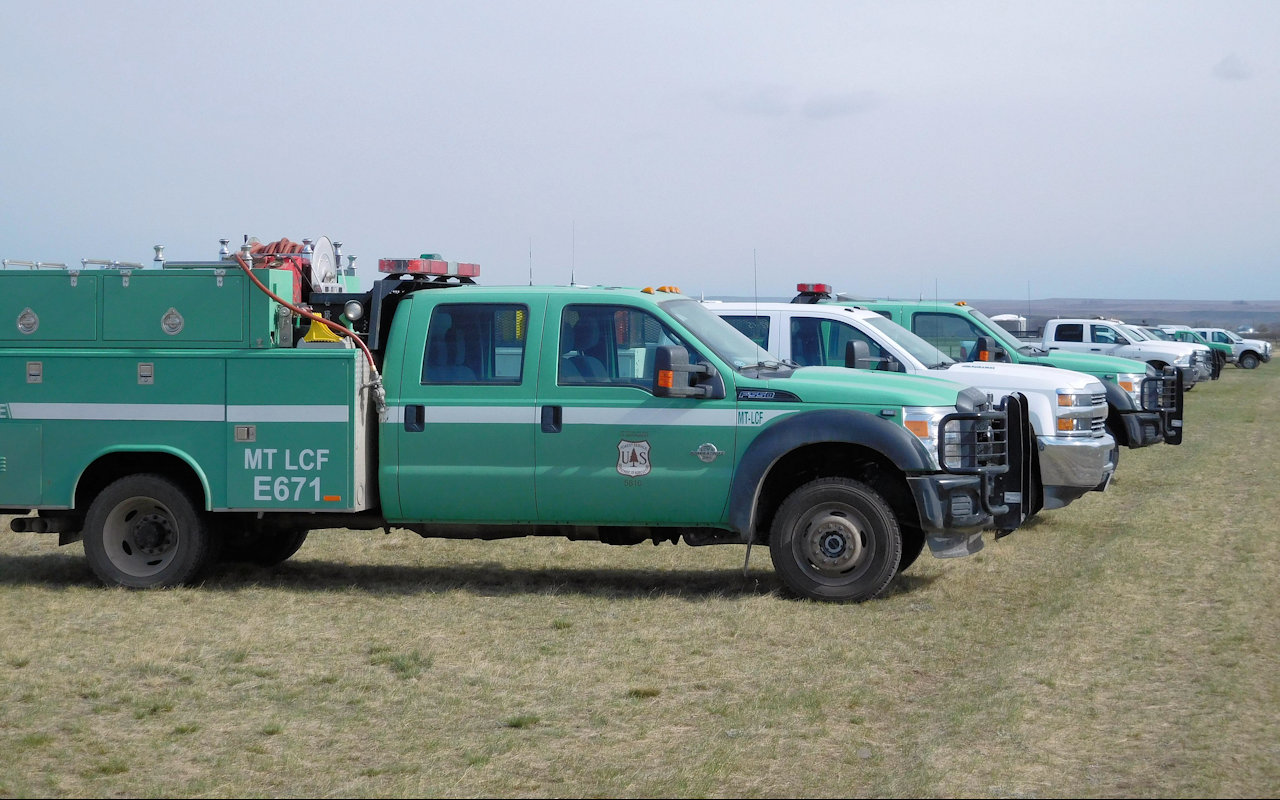
Unless you’ve been hiding under a rock, trying to stay cool, you probably know that just about our entire region is under Stage II fire restrictions.
The short version::
- No fires, including campfires.
- No smoking except “within an enclosed vehicle or building, a developed recreation site or while stopped in an area at least three feet in diameter that is barren or cleared of all flammable materials.”
- No motorized vehicles are allowed off designated roads and trails.
Also, there are “hoot owl” restrictions (prohibited from 1:00 p.m. to 1:00 a.m.) on
- Operating any internal combustion engine (e.g., a chainsaw).
- Welding, or operating acetylene or other torch with open flame.
- Using an explosive.
Additionally a one hour foot patrol in the work area is required following cessation of all “hoot owl” activities.
For more information on area fire restrictions, see https://firerestrictions.us/mt/.
For the full text of the press release sent out by area agencies, see https://www.fs.usda.gov/detail/flathead/news-events/?cid=FSEPRD552299.
